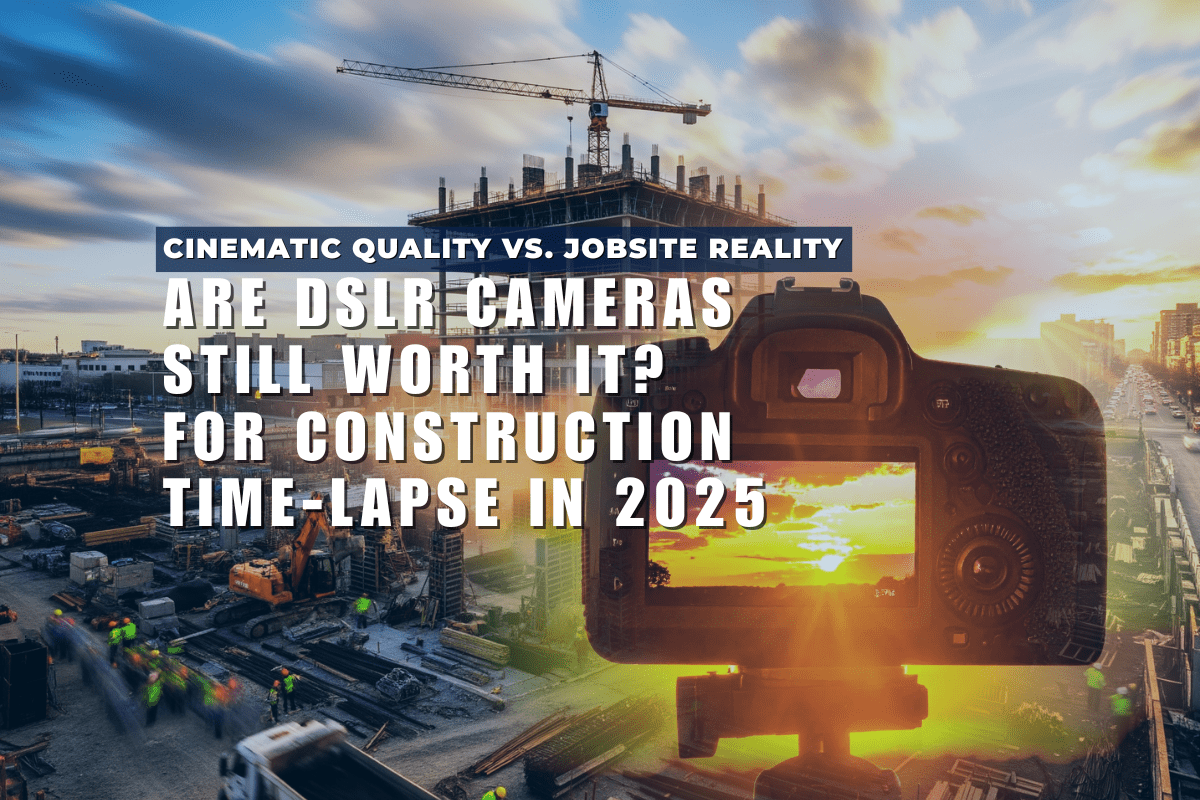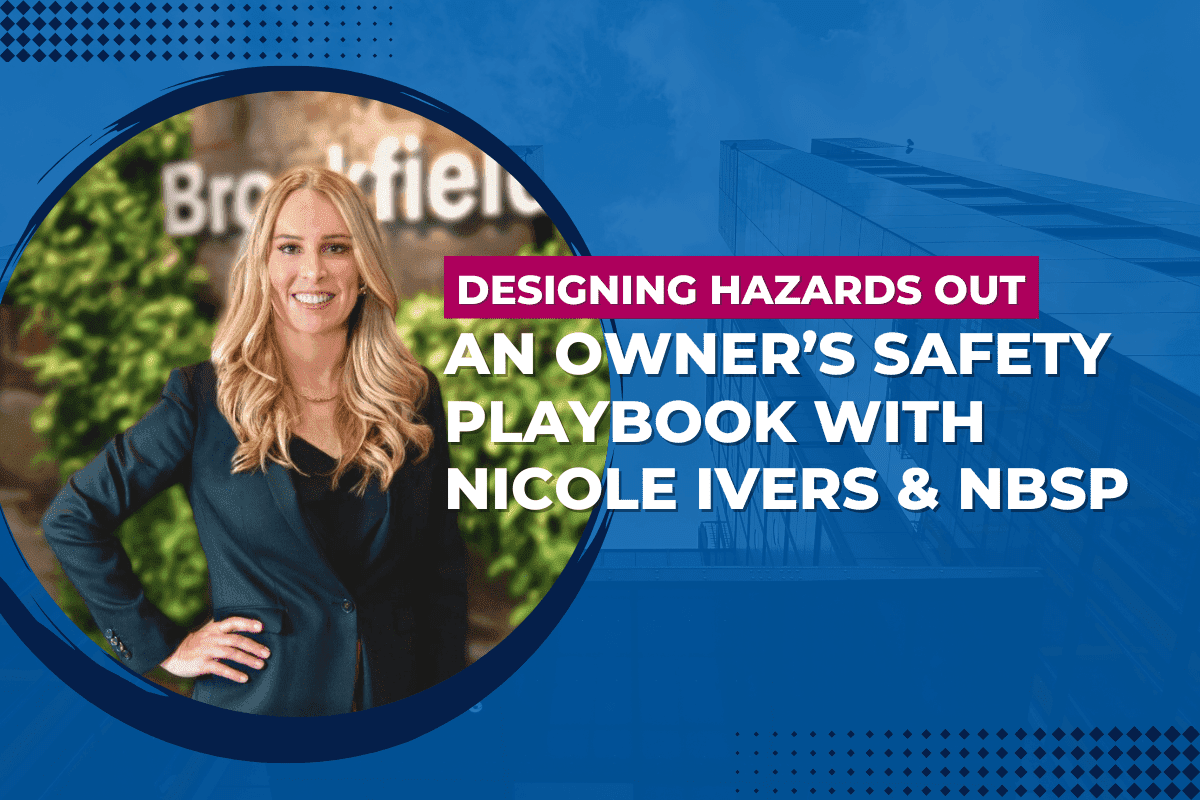Updated November 2025.
Construction time-lapse photography captures your project’s progress through regular interval shots.It’s a simple, powerful way to document and showcase your build from start to finish.
This guide walks you through how to plan, set up, shoot, and share a construction time-lapse, covering camera setup, scheduling, editing, and pro tips.
Planning Your Construction Time Lapse
Define your purpose first, your “why” determines duration, angles, and equipment.
Ask yourself:
-
Are you documenting the entire build or one stage?
-
Is this a standalone video or will other footage like drones be included?
-
What story do you want to tell?
Plan power, storage, and mounting locations accordingly.
Choosing the Right Equipment and Software
Use a camera designed for interval shooting, reliable and weatherproof.
Options include DSLR, mirrorless, or4K systems such as GoPro HERO12, Sony RX0 II, or CamDo’s plug-and-play DataLens camera, which has built-in connectivity and strong low-light performance.
All CamDo cameras can connect to CloudX for automated uploads, latest-image access, and AI insights.
You’ll also need:
-
A secure post/pole to mount
-
Intervalometer (if not built-in)
-
Large-capacity SD card or cloud storage
-
Editing software (e.g., CloudX, LRTimelapse, Adobe Premiere, or Final Cut Pro, etc)
Determining the Optimal Shooting Schedule
Match shooting frequency to site activity, faster work = shorter intervals.
Plan around:
-
Typical work hours (e.g., 7 a.m.–6 p.m.)
-
Weather and lighting conditions
-
Storage and power limits
Use consistent settings for stable results.
Setting Up Your Time-Lapse Camera
Choose a stable, secure position with a clear site view.
Look for high points with full visibility and minimal obstruction.
Keep the camera out of daily workflows and protected from tampering.
Pro Tips:
-
Use a secure mount
-
Shield against rain, dust, and glare
-
Verify framing
Shooting Your Construction Time Lapse
Regular checks and automated uploads keep your project on track.
Monitor your setup periodically:
-
Confirm power and storage
-
Adjust framing for new construction progress
-
Test image capture periodically
Using Cloud Monitoring (via CloudX)
CloudX automates uploads, lets you review progress remotely, and provides frequent automated image updates, reducing the need for site visits.
Common Issues & Fixes:
-
Battery drain → use solar or AC power
-
Lighting shifts → set auto exposure
-
Security → lock enclosures and hide cables
Editing and Sharing Your Time-Lapse
Organize, edit, and enhance your footage to tell your story clearly.
During construction, embed the footage into external websites for stakeholder engagement.
Import footage into editing software, create a timeline, and adjust frame rate for smooth playback.
Add transitions, text overlays, and branding if needed.
Add background music or drone clips to enhance appeal.
When finished, upload your video to YouTube, Vimeo, or your company site for stakeholder viewing.
Conclusion
Setting up a construction time-lapse may seem complex, but with planning and dependable gear, it becomes simple.
Cameras like the HERO12, RX0 II, or DataLens make automated, long-term capture effortless while connecting to CloudX for easy uploads and AI insights.
FAQs
Do I need 4K for construction time-lapse?
Yes, 4K offers flexibility to crop or zoom without losing detail while keeping file sizes manageable.
Can a camera run for months or years?
Yes, with solar or AC power and automated cloud uploads, long-term capture is possible without manual card swaps.
Is a DSLR worth it for time-lapse?
Not always. DSLRs have higher costs and maintenance, with minimal daily benefit over modern 4K systems.
Is GoPro HERO12 a good option?
Yes. It balances image quality, durability, and ease of setup for extended projects.
What about low light or night shots?
Time-lapse works best in daylight, but DataLens performs well in low light and includes short-range IR for evening coverage.






